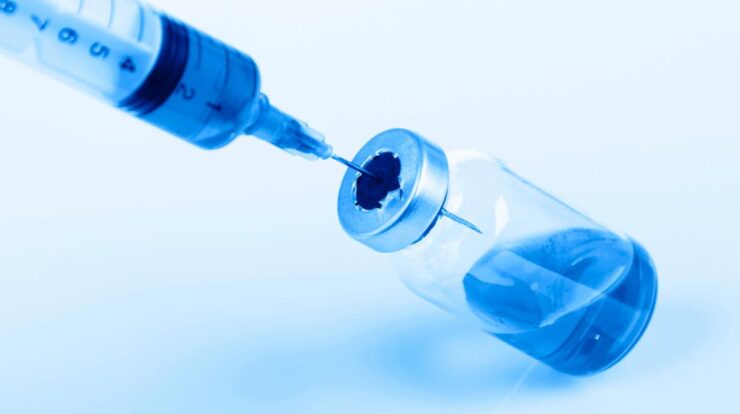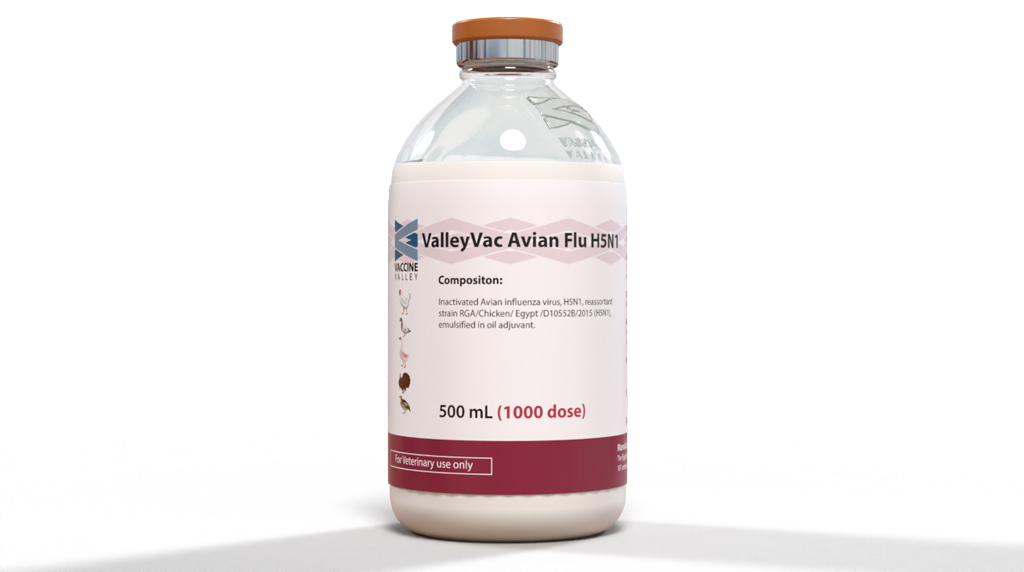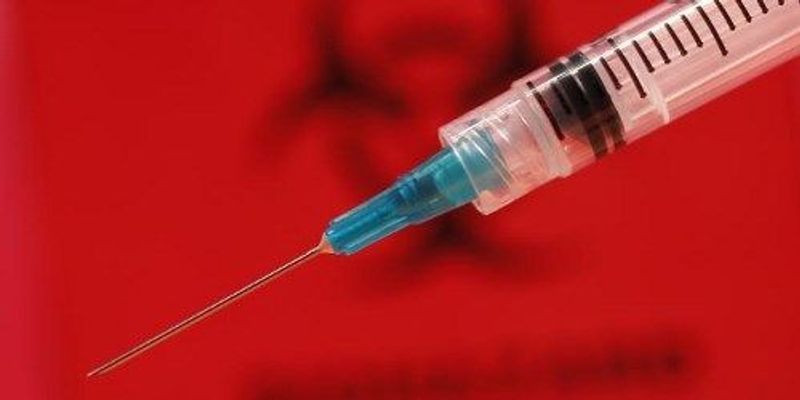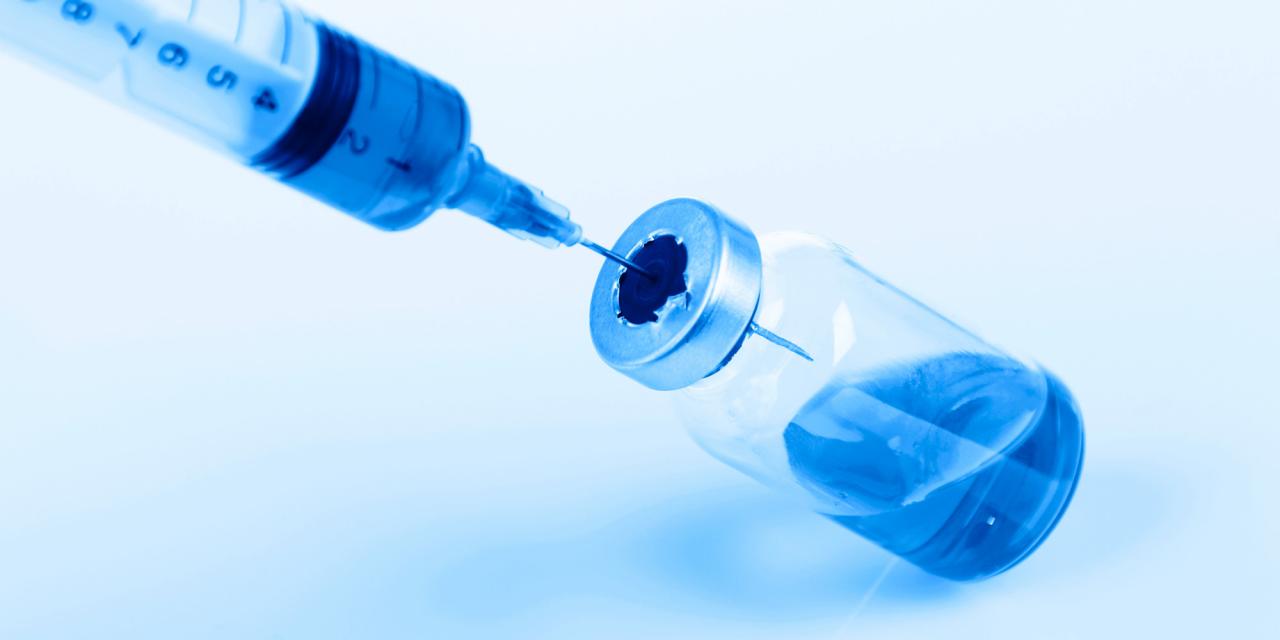
The H5N1 vaccine, a crucial tool in the fight against the H5N1 virus, has garnered significant attention for its potential to protect against this deadly pathogen. This comprehensive guide delves into the development, efficacy, safety, and public health implications of the H5N1 vaccine, providing valuable insights for healthcare professionals and the general public alike.
With its meticulous research and expert analysis, this article offers a thorough examination of the H5N1 vaccine, its role in preventing the spread of the virus, and the ongoing efforts to enhance its effectiveness and accessibility.
Introduction to H5N1 Vaccine
H5N1 vaccine is a crucial preventive measure against the highly pathogenic H5N1 influenza virus, which has the potential to cause severe respiratory illness in humans. Vaccination plays a vital role in reducing the risk of infection, protecting individuals, and preventing the spread of the virus within communities.
Vaccine Development and Clinical Trials

The development of H5N1 vaccine involves a rigorous process of research, testing, and evaluation. Clinical trials are conducted to assess the vaccine’s safety, efficacy, and ability to induce an immune response.
Preclinical Studies, H5n1 vaccine
Before clinical trials, preclinical studies are conducted in animals to evaluate the vaccine’s safety and immunogenicity. These studies provide preliminary data on the vaccine’s potential effectiveness and help inform the design of clinical trials.
Clinical Trials
Clinical trials involve human participants and are designed to determine the vaccine’s safety, efficacy, and dosage. Phase 1 trials assess the vaccine’s safety and dosage, while Phase 2 trials evaluate the vaccine’s immunogenicity and safety in a larger group of participants.
Phase 3 trials provide definitive evidence of the vaccine’s efficacy and safety in a large population.
Vaccine Efficacy and Effectiveness
Vaccine efficacy refers to the vaccine’s ability to prevent disease under controlled clinical trial conditions, while vaccine effectiveness refers to its ability to prevent disease in real-world settings.
Data from clinical trials have shown that H5N1 vaccines are highly effective in preventing severe disease and reducing mortality. However, the vaccine’s effectiveness may vary depending on factors such as the strain of the virus, the population being vaccinated, and the timing of vaccination.
Vaccine Safety and Side Effects
H5N1 vaccines have a generally favorable safety profile. Common side effects include injection site reactions, such as pain, redness, and swelling, as well as mild systemic reactions, such as fever, headache, and muscle aches.
Serious side effects are rare, but can include Guillain-Barré syndrome (GBS), an autoimmune disorder that affects the nervous system. The risk of GBS following H5N1 vaccination is very low, but it is important to be aware of this potential side effect.
Vaccination Strategies and Recommendations
Vaccination strategies for H5N1 virus are based on the risk of exposure and the potential severity of the disease. Healthcare professionals recommend vaccination for individuals who are at high risk of exposure, such as healthcare workers, poultry workers, and travelers to areas where the virus is circulating.
The timing of vaccination is also important. The vaccine is most effective when given before exposure to the virus. Therefore, vaccination should be considered during the influenza season or before travel to areas where the virus is circulating.
Vaccine Distribution and Access: H5n1 Vaccine
Ensuring equitable access to H5N1 vaccine is a global health priority. The World Health Organization (WHO) and other organizations work to ensure that vaccine is available to those who need it most.
Challenges in vaccine distribution include production capacity, transportation, and storage. However, efforts are being made to increase vaccine availability and ensure that it reaches those who are most at risk.
Public Health Implications and Surveillance

H5N1 virus is a serious public health concern due to its potential to cause severe disease and pandemics. Surveillance and monitoring are essential for early detection of outbreaks and timely response.
Public health measures, such as vaccination, isolation of infected individuals, and contact tracing, are crucial for controlling the spread of the virus and mitigating its impact on communities.
Future Directions and Research

Ongoing research is focused on improving the efficacy, safety, and delivery of H5N1 vaccines. Researchers are exploring new vaccine technologies, such as mRNA vaccines, and investigating ways to improve vaccine production and distribution.
Additionally, research is ongoing to better understand the virus and its transmission dynamics. This knowledge will help inform vaccine development and public health strategies to prevent and control H5N1 outbreaks.
Final Summary
In conclusion, the H5N1 vaccine remains an essential component in the global response to the H5N1 virus. Through ongoing research and collaboration, scientists and public health experts continue to refine the vaccine’s efficacy and safety, ensuring its vital role in protecting individuals and communities worldwide.





